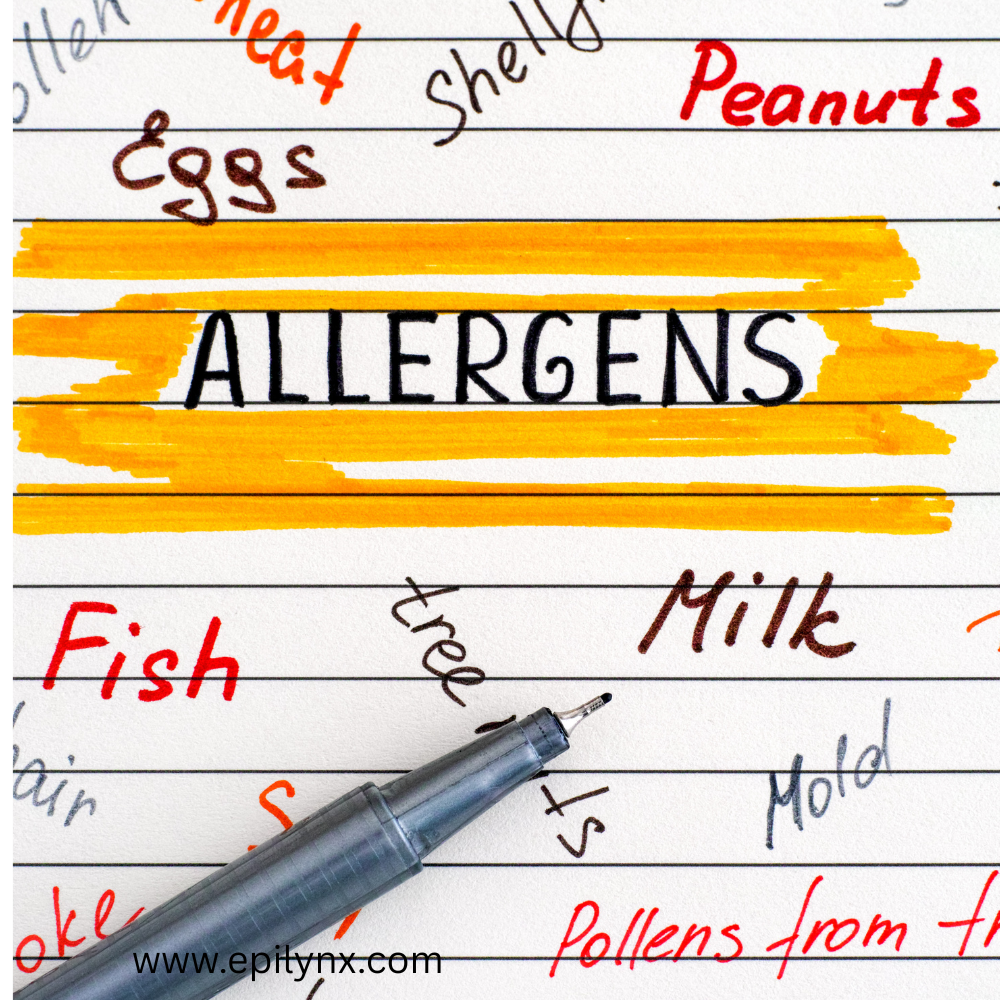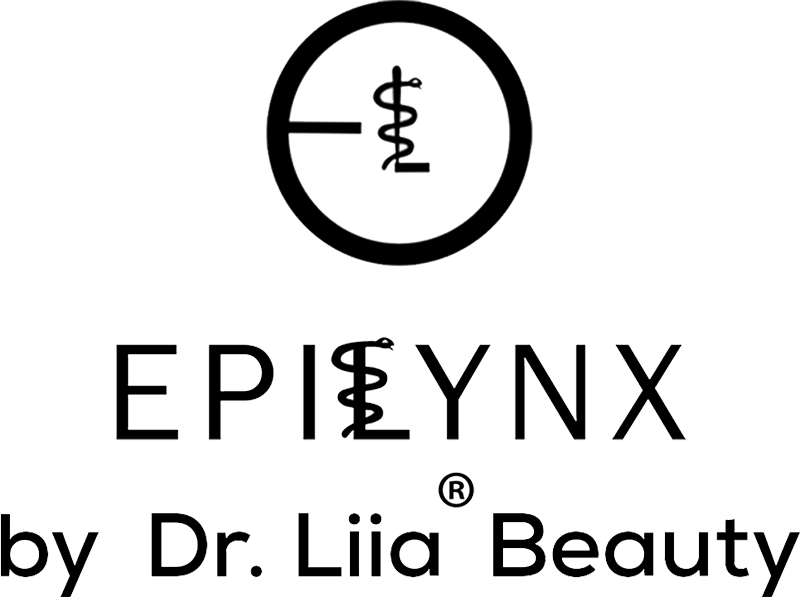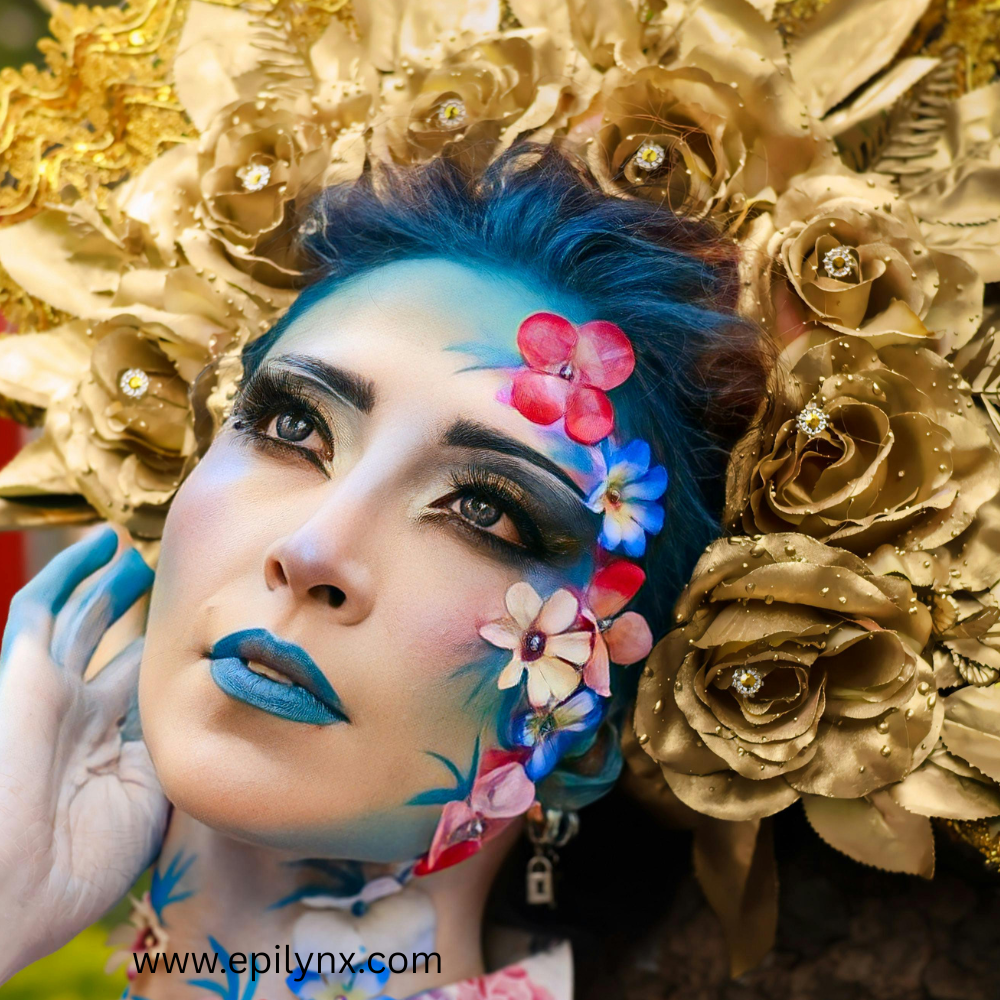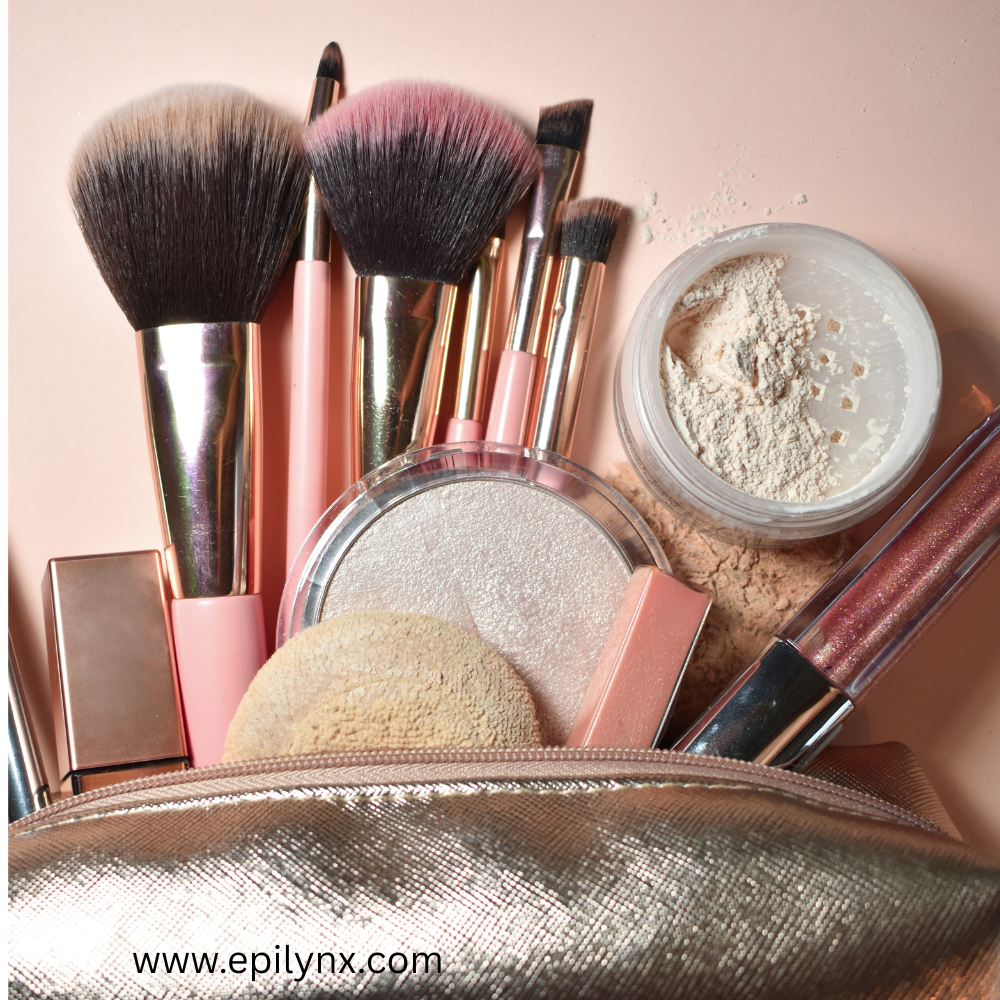
Allergen-Safe Beauty: The Future of Makeup Nobody Talks About
Let’s play a quick game. Would you eat food labeled “kinda gluten-free”? Or board a plane that’s “less likely to crash”?
Didn’t think so.
So why do we settle for makeup that’s only “hypoallergenic”?
Spoiler: The future isn’t hypoallergenic. It’s allergen-safe.
Hypoallergenic vs. Allergen-Safe: What’s the Difference?
-
Hypoallergenic = less likely to cause a reaction (but not guaranteed).
-
Allergen-Safe = specifically formulated without the most common allergens (gluten, nuts, soy, dairy, etc.).
In other words, hypoallergenic is like “kinda safe.” Allergen-safe is “actually safe.”
Why Allergens in Beauty Are a Bigger Problem Than You Think
It’s not just food that causes issues—your skincare and makeup can too.
Hidden allergens like:
-
Gluten (wheat germ oil, barley extract, oat proteins)
-
Nuts (almond oil, macadamia oil, walnut shell powder)
-
Dairy derivatives (yes, some creams still sneak these in)
-
Soy (often hiding in emulsifiers)
…can trigger rashes, swelling, breakouts, and even systemic allergic reactions.
Your foundation shouldn’t require a medical disclaimer.
Why Allergen-Safe Is the Future of Beauty
Clean beauty has gone through phases:
-
Natural (but often still allergen-loaded)
-
Organic (better, but not always safe)
-
Hypoallergenic (a buzzword with no legal definition)
-
Allergen-Safe (the real deal—the next level of inclusivity and safety)
Allergen-safe beauty is where clean beauty meets inclusivity. It’s not about trends. It’s about making beauty safe for everyone.
Because we believe makeup should enhance your glow—not send you Googling “rash from lipstick.”
How to Tell If Your Beauty Products Are Allergen-Safe
Check labels for:
-
Wheat derivatives (Triticum Vulgare)
-
Nut oils (Prunus Amygdalus Dulcis)
-
Milk proteins (Casein)
-
Soy derivatives (Lecithin)
If it reads like a bakery aisle, it doesn’t belong in your skincare routine.
Final Thought
“Hype” words like clean and hypoallergenic sound nice, but they’re not enough anymore.
The future is allergen-safe—beauty that’s truly inclusive, transparent, and safe for every skin type.
Because honestly? Your skin deserves better than “maybe.”
💚 Ready to step into the future of clean beauty? Explore the EpiLynx Allergen-Safe Collection and discover products that are actually safe.


